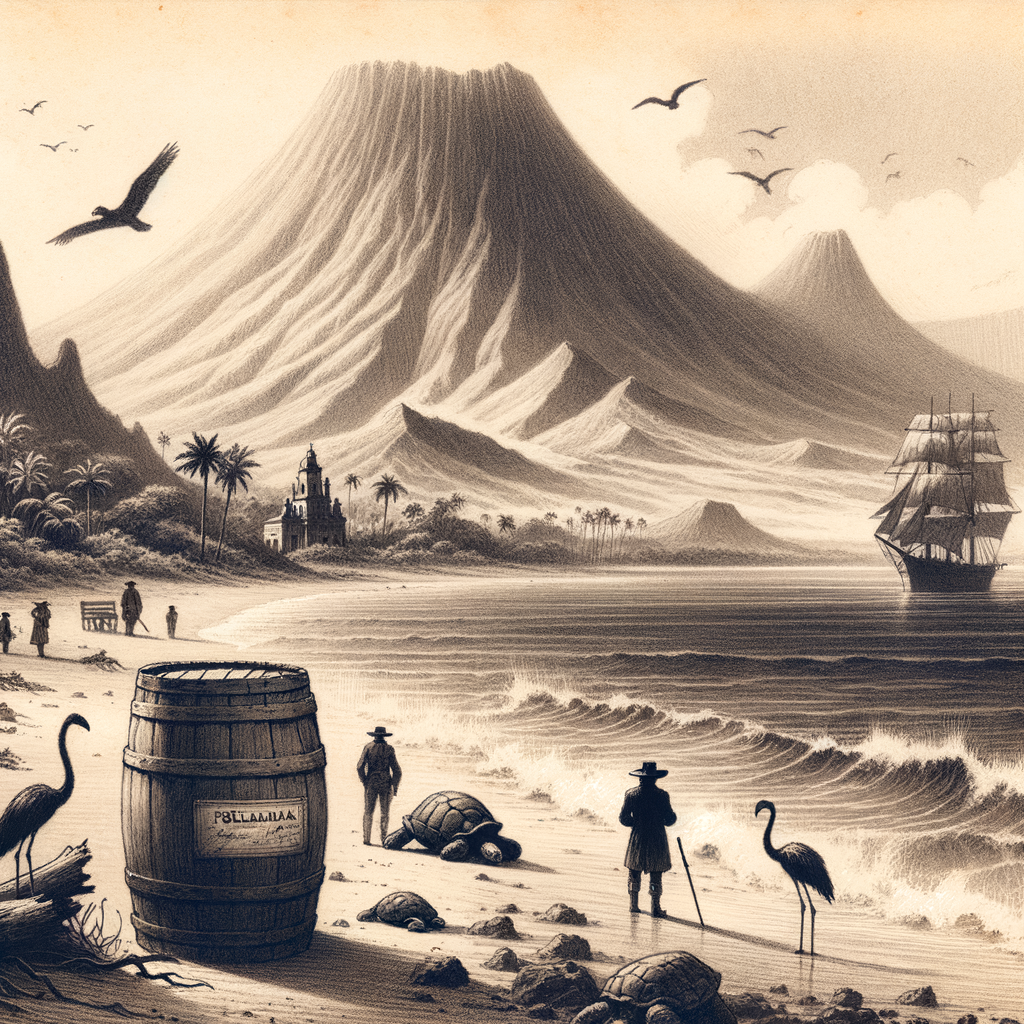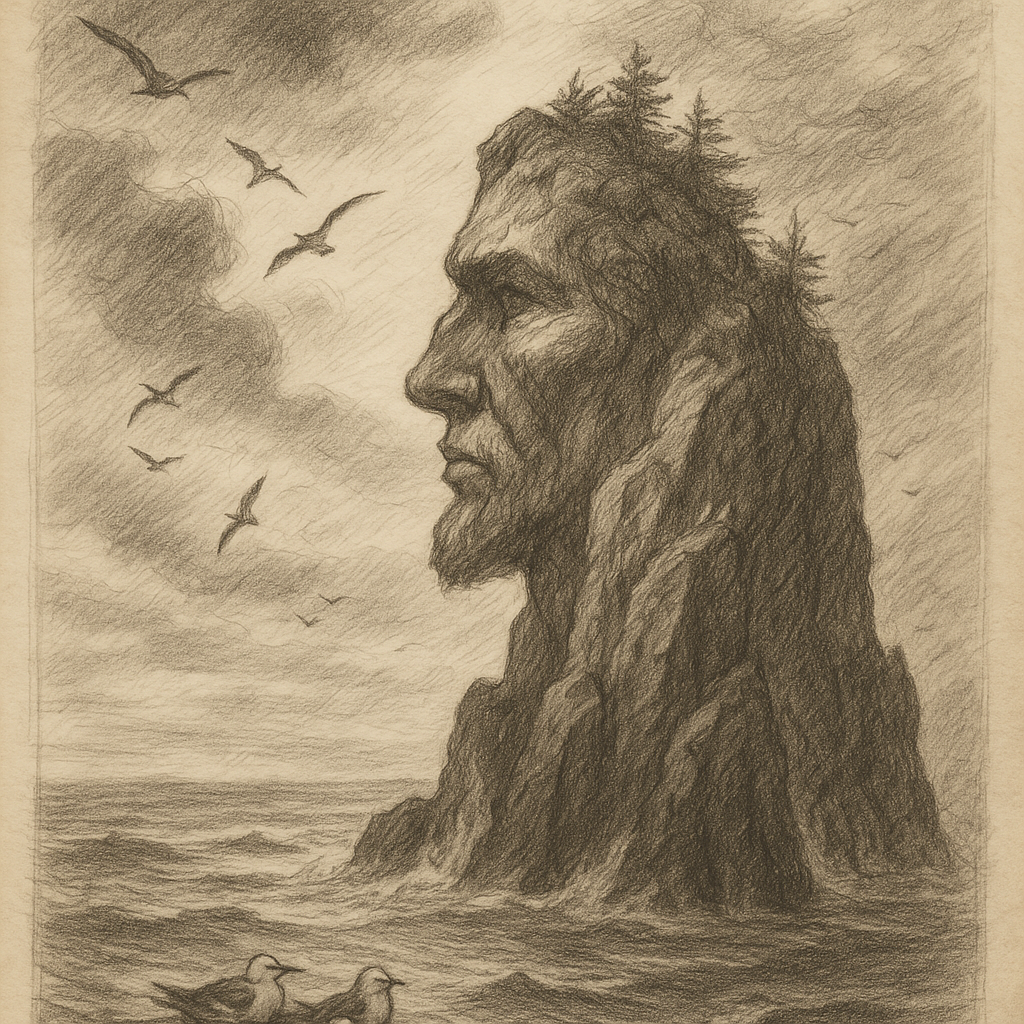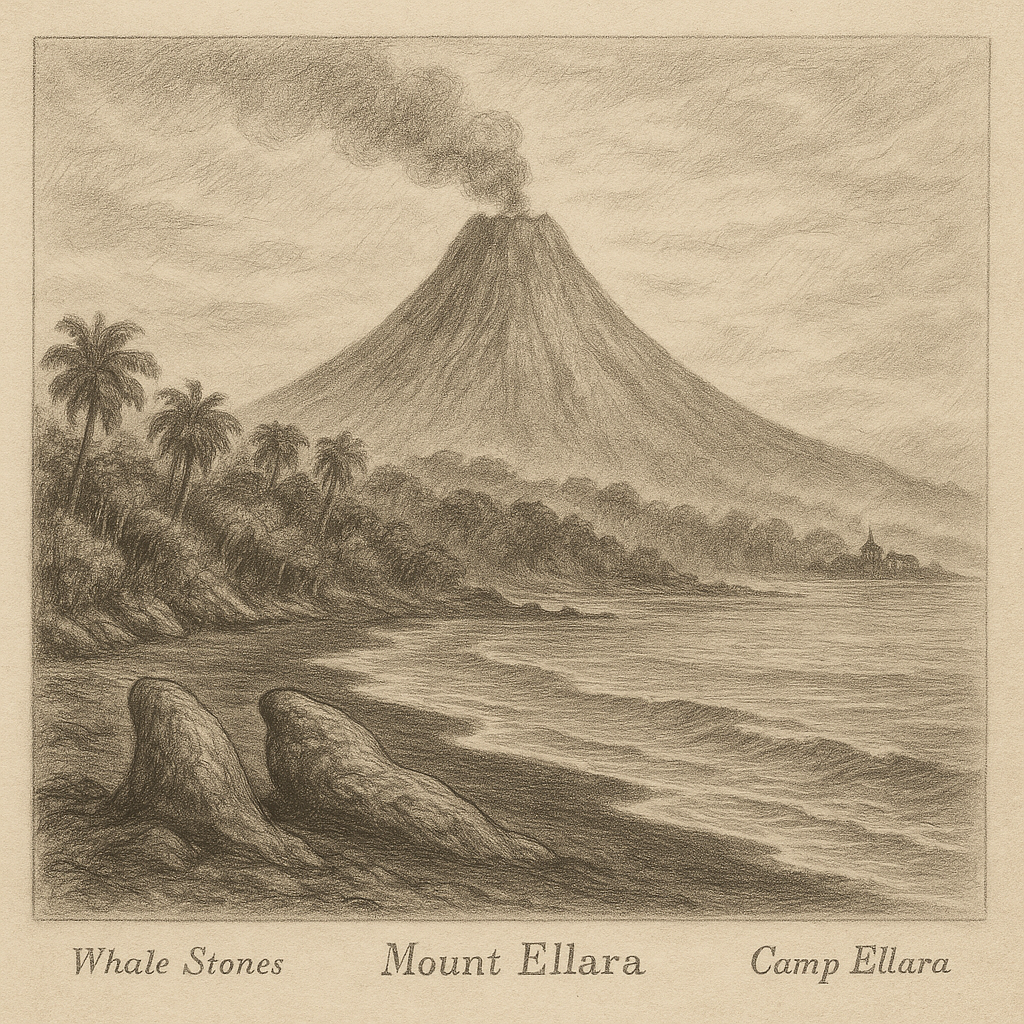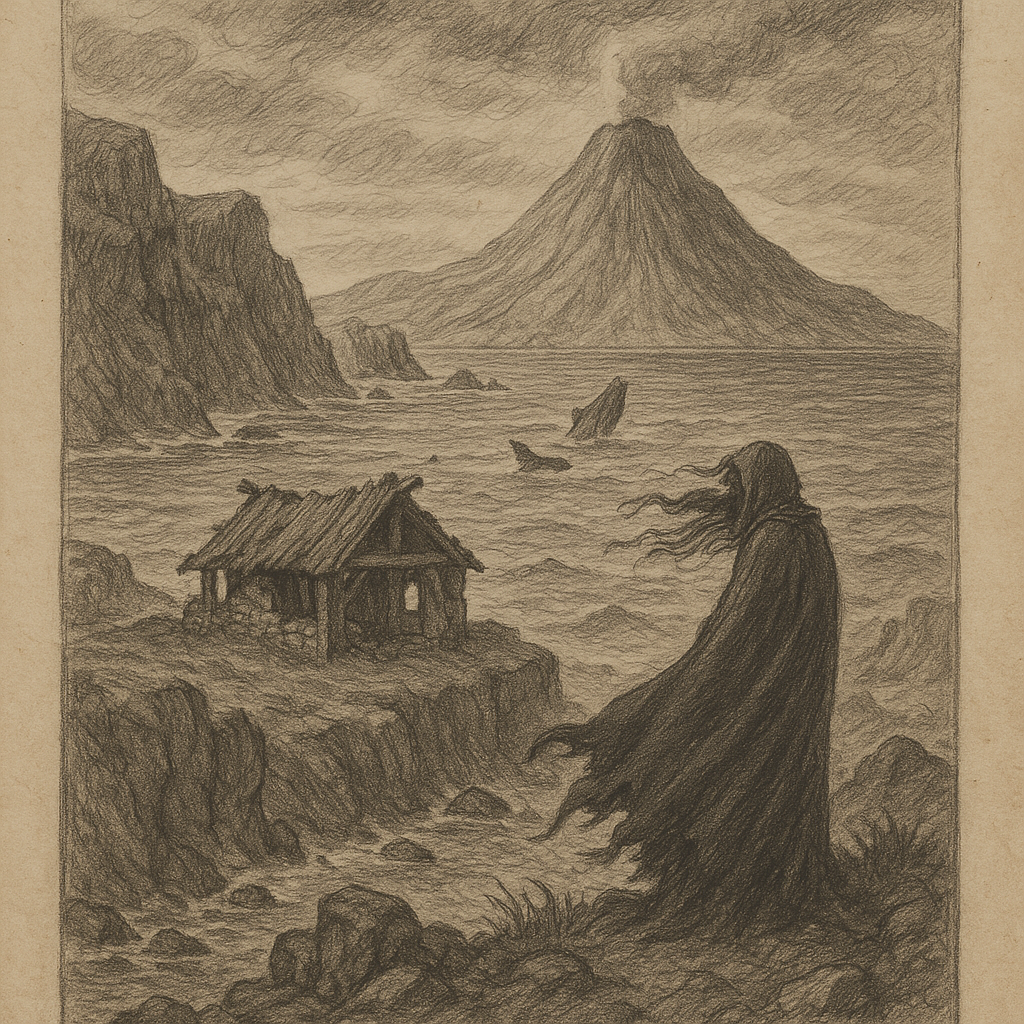Floreana Island: The Enigmatic Gem of the Galápagos
Floreana Island, also known as Isla Floreana, is one of the most captivating and historically rich islands within the Galápagos archipelago. Located about 1000 kilometers (620 miles) off the coast of Ecuador in the Pacific Ocean, Floreana is renowned not only for its natural beauty and distinct biodiversity, but also for its mysterious past and the legends that continue to intrigue travelers and researchers alike.
Geography and Location
Floreana is situated in the southern part of the Galápagos Islands and spans an area of approximately 173 square kilometers, making it one of the smaller inhabited islands in the archipelago. It lies south of Santa Cruz and north of Española Island. The island is of volcanic origin and features a rugged topography composed of cratered highlands, black sand beaches, and lush vegetation in its interior. Cerro Pajas, the island’s highest peak, rises to about 640 meters and offers picturesque views across the surrounding ocean.
Geological Origins
Like the rest of the Galápagos, Floreana is part of a volcanic hotspot, formed over millions of years by the movement of the Nazca tectonic plate over a stationary plume of magma deep beneath the Earth’s crust. The island features several collapsed and eroded volcanic craters and lava fields, remnants of its fiery past. The slow geological processes that created Floreana have contributed to its layered soils and diverse habitats. Over time, erosion and natural weathering have sculpted the island into the ecological haven it is today.
Biodiversity and Ecosystems
Due to its isolation and varied elevations, Floreana supports a wide array of unique flora and fauna. It was once the only island inhabited by the Floreana tortoise (Chelonoidis niger), which sadly went extinct due to the introduction of invasive species and human exploitation. Conservation efforts are underway to reintroduce closely related tortoise species.
The island is home to several native and endemic bird species, such as the medium tree finch (Camarhynchus pauper), considered critically endangered, and the Floreana mockingbird, now extinct on the main island but surviving on nearby islets. Coastal lagoons and tidal pools support marine iguanas, sea lions, and green sea turtles that come ashore to nest.
On the flora side, the island’s interior harbors Scalesia forests—analogous to a highland rainforest—unique to the Galápagos ecosystem. Native plants such as palo santo trees and candlebush thrive in the shadows of ancient lava flows.
Human Settlement and History
Floreana was among the first islands of the Galápagos to be colonized by humans. In the early 19th century, it served as a stopover for whalers, pirates, and naval explorers. The island was named after Juan José Flores, the first president of Ecuador, who annexed the archipelago to Ecuador in 1832.
In 1929, Floreana gained international attention when a group of eccentric European settlers, including Friedrich Ritter and Dore Strauch from Germany, and later the Wittmer family, relocated to the island in search of solitude and utopia. Their unusual lifestyle and the mysterious events that followed—including the unexplained deaths and disappearances of several settlers—sparked global intrigue.
To this day, Floreana is home to a small population of around 100 residents, primarily based in Puerto Velasco Ibarra, the main and only town on the island. The local community lives off fishing, agriculture, and small-scale ecotourism.
Visiting Floreana Today
Floreana remains one of the least developed and most tranquil islands accessible to visitors of the Galápagos. Unlike the bustling ports of Santa Cruz and San Cristóbal, Floreana is ideal for travelers seeking a remote experience immersed in nature and history.
Popular sites include Post Office Bay, where 18th-century whalers left mail in a wooden barrel as a form of unofficial postal service—a unique tradition that visitors can still participate in today. Devil’s Crown, an eroded volcanic cone just offshore, offers some of the best snorkeling opportunities in the archipelago, teeming with reef sharks, sea turtles, and a kaleidoscope of tropical fish.
Cormorant Point is another key destination, known for its olive-green sand beach, greater flamingos in the salt lagoon, and panoramic vistas of the surrounding coastline.
Curiosities and Interesting Facts
One of the most fascinating aspects of Floreana is its blend of natural wonder and human drama. The Galápagos had long been a haven for sailors seeking fresh water, but Floreana’s historical cache is particularly rich. The legacy of whispered secrets among letters at Post Office Bay, the failed utopian settlements, and unanswered questions from the 1930s continue to inspire writers and filmmakers.
Interestingly, Floreana is the only island where ancient lava tunnels are used as livestock shelters. These tunnels also lead to hidden freshwater springs, crucial for the early settlers’ survival.
Furthermore, the island is involved in a pioneering conservation initiative: it is the focus of one of the most ambitious ecological restoration projects within the Galápagos. These efforts aim to remove invasive rodents and reestablish native species, highlighting the island’s ecological importance.
Legends and Mysteries of Floreana
Perhaps the most captivating element of Floreana is the series of mysterious events known as the “Galápagos Affair.” In the early 1930s, Friedrich Ritter and Dore Strauch sought a new beginning on the uninhabited island, fleeing conventional society. Shortly after, the Wittmers arrived with similar ideals. Tensions rose with the arrival of the self-proclaimed “Baroness” Eloise Wehrborn de Wagner-Bosquet and her entourage, declaring intentions of building a luxury hotel.
Soon after the Baroness’s arrival, dramatic incidents began to unfold. In 1934, both the Baroness and her lover disappeared under suspicious circumstances. Within months, Ritter died of food poisoning, and Dore returned to Germany alone. Rumors of murder, jealousy, and betrayal swirled among the few people on the island, sparking public fascination that persists to this day. The mystery remains officially unsolved, adding an air of intrigue and allure to Floreana’s legacy.
Conclusion
Floreana Island is a microcosm of both the enchantment and complexity that define the Galápagos archipelago. From its unique biodiversity and haunting legends to its serene landscapes and conservation efforts, Floreana invites exploration from both the curious and the contemplative. For those willing to journey off the beaten path, the island offers not just a getaway, but a profound encounter with nature, history, and the enduring questions of human nature.



